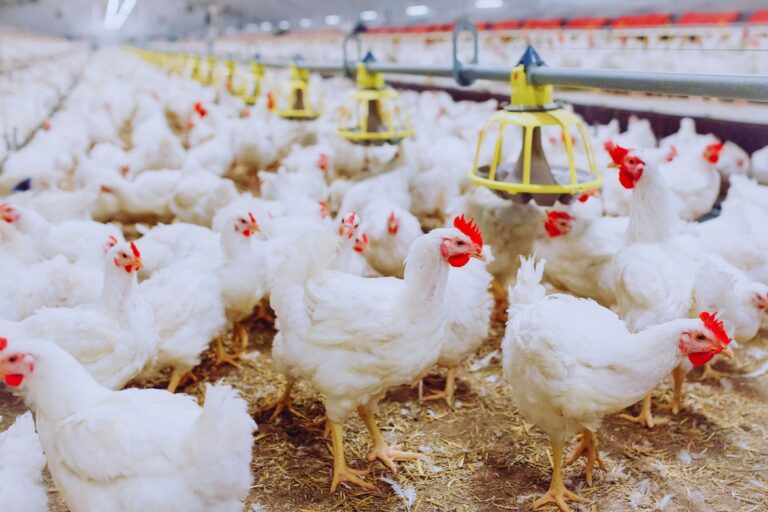The poultry industry in the European Union is facing a sharp rise in imports, while exports edged down, according to the latest data from the European Commission.
EU poultry imports totalled 341,586 tonnes from January to April, marking a 12.9% increase compared to the same period in 2024. Brazil consolidated its position as the leading supplier, exporting 116,756 tonnes, up 24.7% year-on-year. Significant gains were also noted from China (+62.9% to 21,744 tonnes), Thailand (+10.2%) and the UK (+11.4%).
In contrast, poultry exports from the EU dipped by 1.2% to 681,812 tonnes. While shipments to the UK, still the EU’s largest external market, remained broadly stable at 241,170 tonnes (-0.9%), Ghana surged ahead with 31.3% growth to 59,474 tonnes. Exports to Vietnam and Ukraine fell 16.0% and 11.1%, respectively.
Consumer demand for poultry remains robust across the EU, supported by its relative affordability compared to red meat and continued preference for lean protein.
EU broiler prices averaged €300.02 per 100 kg in week 33, maintaining historically high levels compared to the US (€117.16) and Brazil (€224.17). Production remains steady, with broilers representing 83.8% of EU poultry output. Major poultry producing countries including Poland, Spain, France, Germany, Italy, and the Netherlands, account for 73% of EU supply, with Poland alone delivering 2.89 million tonnes in 2024.


